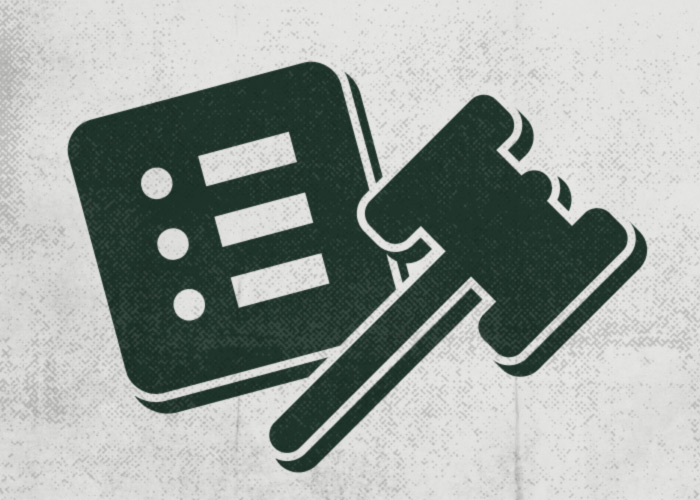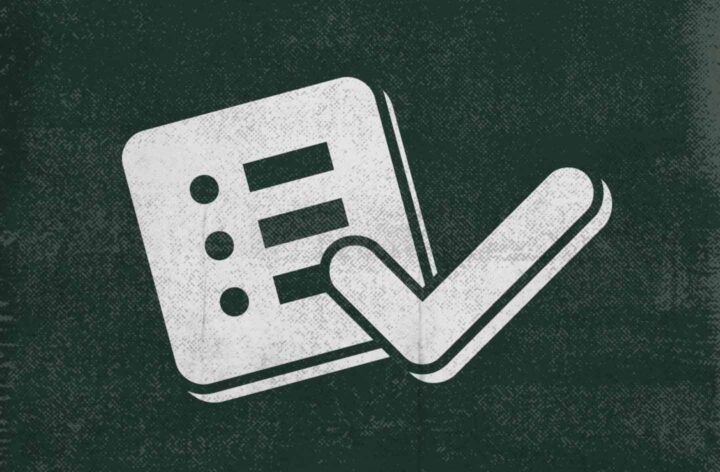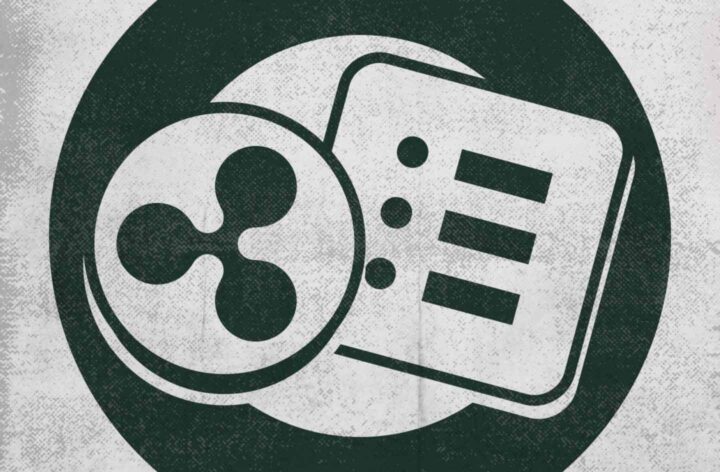The Howey Test: What Is It, and Why Is It Dangerous for the Crypto Industry?

The Securities and Exchange Commission (SEC) acts as the main regulator of the crypto market in the United States. Its representatives claim that cryptocurrencies are securities, so they’re subject to regulation under the Securities Act. However, the term “securities” has no clear definition in law, and the Howey Test is the only way to identify them.
Let’s find out what this test is and how its use can change the U.S. crypto market.
Where Did the Term Come From?

The term “Howey Test” emerged after the SEC’s litigation against W. J. HOWEY CO. back in 1946. The regulator accused the company’s reps of selling unregistered securities.
Those very “securities” in the proceedings were citrus groves the firm had sold to outside investors. The hitch of the process was that the businessmen offered the investors a leaseback agreement. In other words, the investors leased back the citrus plots to HOWEY, which then planted citrus trees there. And the market value of such plots grew primarily because of the harvest.
The Supreme Court of the United States recognized that the buyers of the plots had thus invested in the company. So, there was an “investment contract.” Interestingly, even this term hasn’t been well defined in U.S. law. The Supreme Court merely ruled that an investment contract is a scheme for “the placing of capital or laying out of money in a way intended to secure income or profit from its employment.”
Several key parameters began to be used to determine whether a financial transaction is an “investment contract” and therefore subject to regulation under the Securities Act. These are what later became known as the Howey Test.
Basic Criteria of the Howey Test

The Howey Test includes four questions:
- Were funds invested within a transaction?
- Were funds invested in a common enterprise?
- Did an investor expect a profit when making a transaction?
- Was the expected profit related to the efforts of others?
The questions may be worded differently, however, the essence remains the same. If all the questions are answered affirmatively, then there’s an investment contract, and the financial transactions are related to securities manipulation. Hence, this proves the legitimacy of the SEC’s regulation of the process.
Therefore, investing in securities constitutes any commercial operation, by means of which the investor puts money into a common enterprise to get income. The success of such investment directly depends on the efforts of the transaction’s organizers. So, the SEC has the right to require the organizers of these transactions to undergo mandatory registration with the agency.
How Does the Howey Test Apply to Cryptocurrencies?

The SEC makes extensive use of the Howey Test as part of its crypto industry regulation. The agency’s attention is riveted on the promotion of cryptocurrency projects and, in particular, on initial coin offerings (ICOs). The SEC believes that if the company attracts investors by promising them “profits,” then the instrument used to make the investment is a security.
All of the SEC’s lawsuits against crypto firms are based on whether an ICO meets the criteria of the Howey Test. The regulator only needs to prove that investors are investing in a crypto project expecting to profit while the crypto company is putting effort into developing its project.
First, the SEC conducted a review of Bitcoin based on the Howey Test. In 2019, the agency acknowledged that BTC wasn’t a security because the token never sought crowdfunding or public assistance. Some analysts believe that the SEC didn’t recognize BTC as a security because the first cryptocurrency had no issuer, so there was simply no one to hold responsible.
However, using the Howey Test, the regulator proved that many other cryptocurrencies were securities. For example, in 2020, the District Court for the Southern District of New York recognized the Gram token of Telegram, which was forced to shut down the project, as a security. There are dozens of such examples. In 2020, the SEC was able to collect more than $4.68 billion in fines from various crypto firms this way.
In 2023, the SEC continues to actively use the test as evidence of its authority in numerous lawsuits against various crypto companies. For example, in February 2023, the SEC forced Kraken to shut down its crypto-staking program. Now, the agency intends to sue the issuer of the BUSD stablecoin, arguing that the asset’s distribution process fulfills every prong of the Howey Test.
Each lawsuit by the SEC using the Howey Test poses a danger to the entire crypto industry, as it could set a hazardous precedent. If the U.S. court recognizes all cryptocurrencies as securities, the regulator will have virtually unlimited control over the sector. This is exactly what Ripple’s lawyers, who have been holding the defense in court for more than two years, are trying to prevent.
To recap, the Howey Test resulted from the SEC’s litigation against two small business breeders more than 70 years ago. Yet, the precedent set by that court case allows the agency to regulate the emerging financial technology market to this day.











